December 20th 2021
Easton, Maryland – Part 2

Traveler: Allyson Vincent
Destination: Easton, Maryland
Allyson Vincent continues her precedent tour of Easton, Maryland, visiting the historic properties of Myrtle Grove and Harleigh Hall.
As a follow-up to the post from last month, I wanted to share two of the historic properties we visited in the Chesapeake Bay area of Maryland as part of a trip to explore local precedent for a project we are working on outside of Easton. Myrtle Grove and Harleigh Hall were both living, breathing, properties that have housed generations of families and were both special in their own way.
Myrtle Grove
Myrtle Grove, on the National Register of Historic Places, is a property outside of Easton and is a real example of a generational house. We talk about generational houses and how their stories influence design in our new book, Visions of Home. The original portion of the house is the middle white section in the image below and dates to the early 1700s. The Flemish brick portion was added in 1790, and the framed structure to the far left was added in 1927.
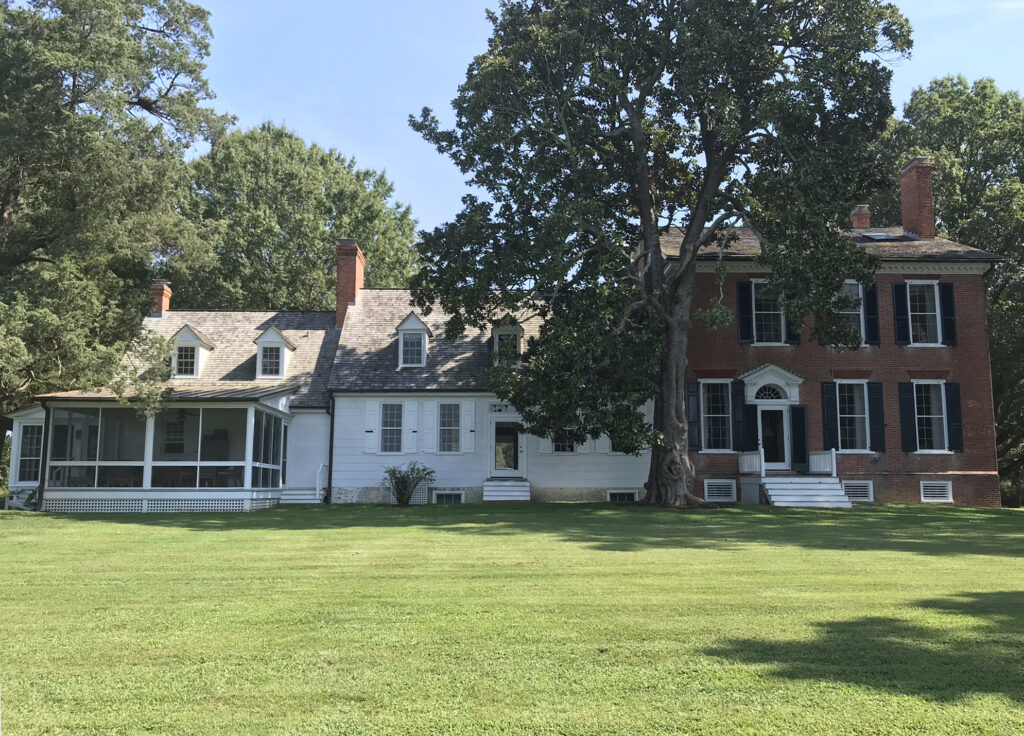
The front side of the house has a porch that spans the entire length of the original structure and adds to the generational feel of the house. I can imagine many days spent on this porch, relaxing in rocking chairs while shelling peas.
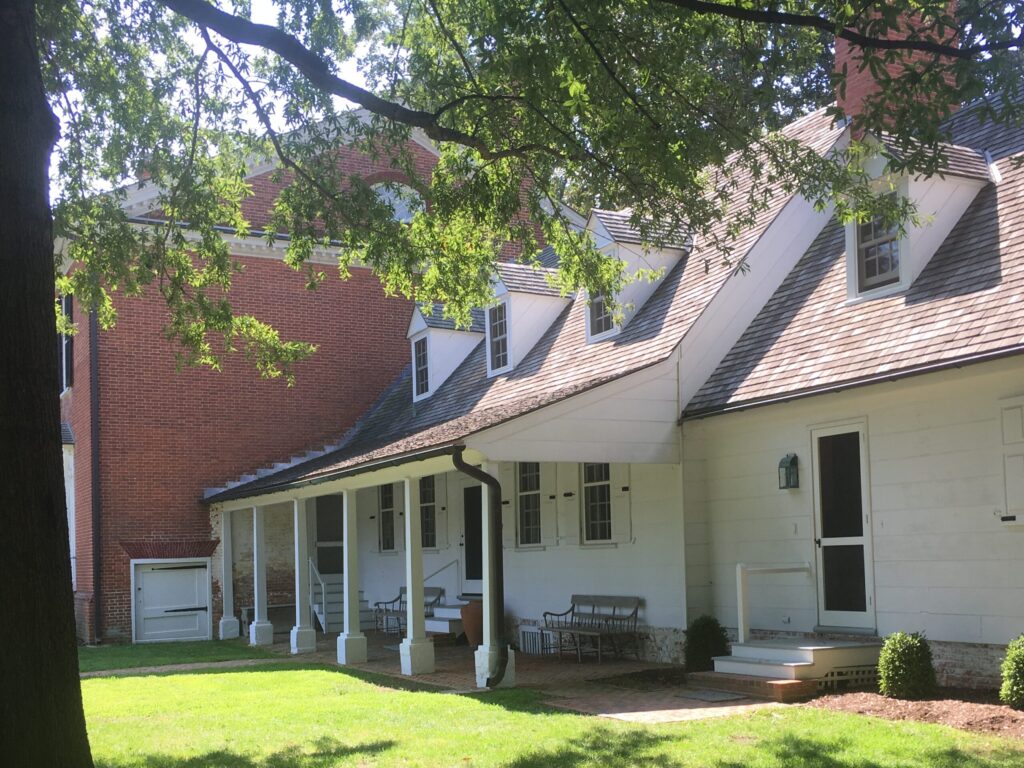
This image (below, left) shows the quirky intersection of where the 1790 addition meets the original structure. Jim Strickland, the founder of Historical Concepts, pointed out the blank spot on the side elevation (below, right) where one would have expected a window. But, in person, with the surrounding landscape and other things to look at, it wasn’t really needed to make the elevation complete.
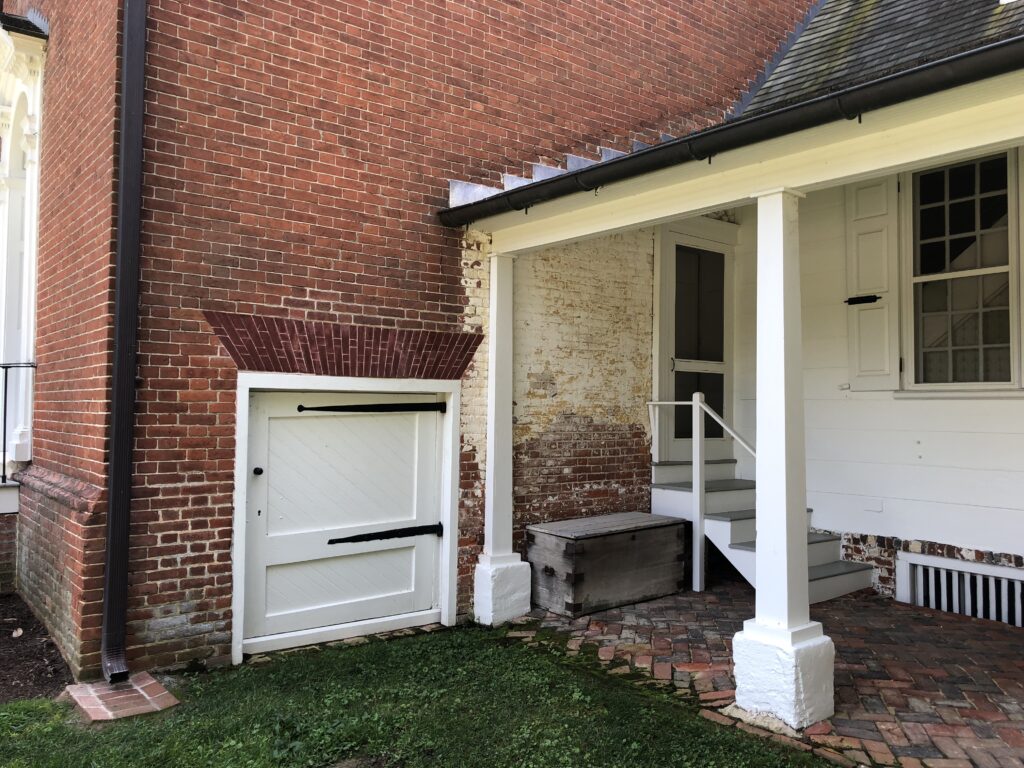
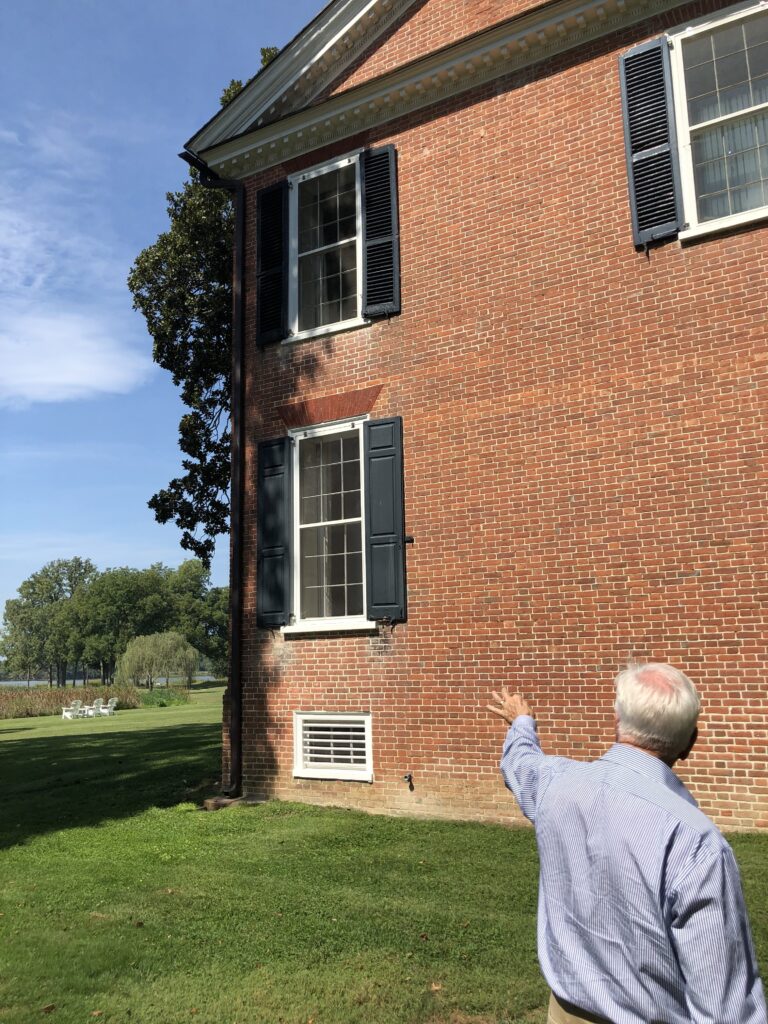
An additional piece of history to be found at Myrtle Grove is that it served as a camp for the Confederate Army during the Civil War. Robert E. Lee, along with a few other officers, carved their initials into the window.
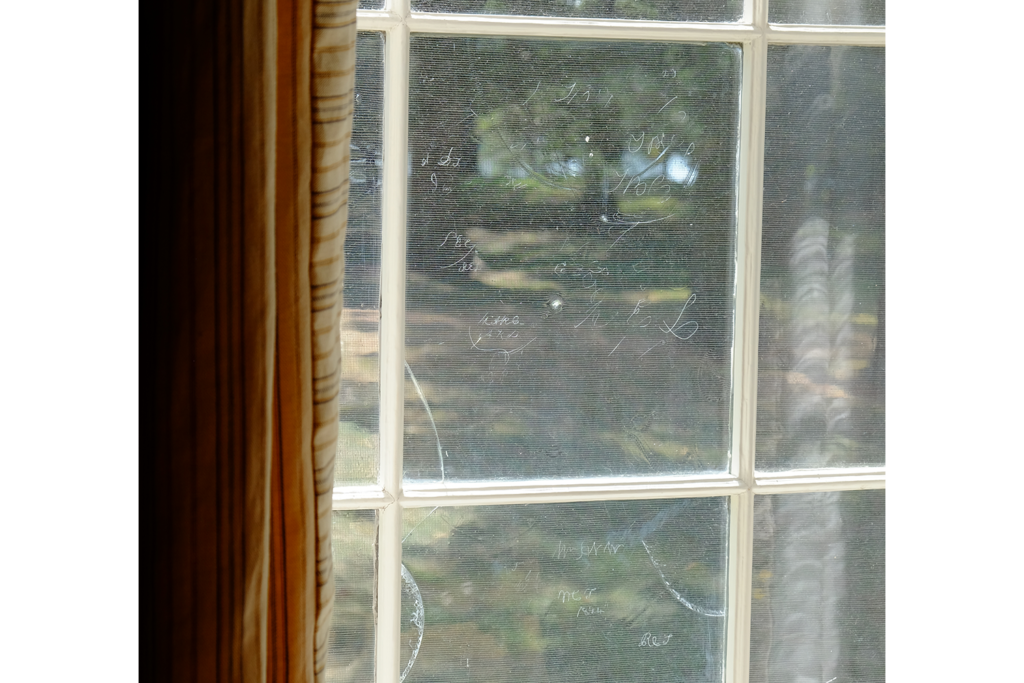
Sometimes the simplest details are the most elegant. An iron handrail and refined finial define the main entrance, a perfectly cut brick header gives prominence to the windows with operable shutters, and the back door and fan lite offer a view to the water beyond. All of these moments add to the historic charm of the property.
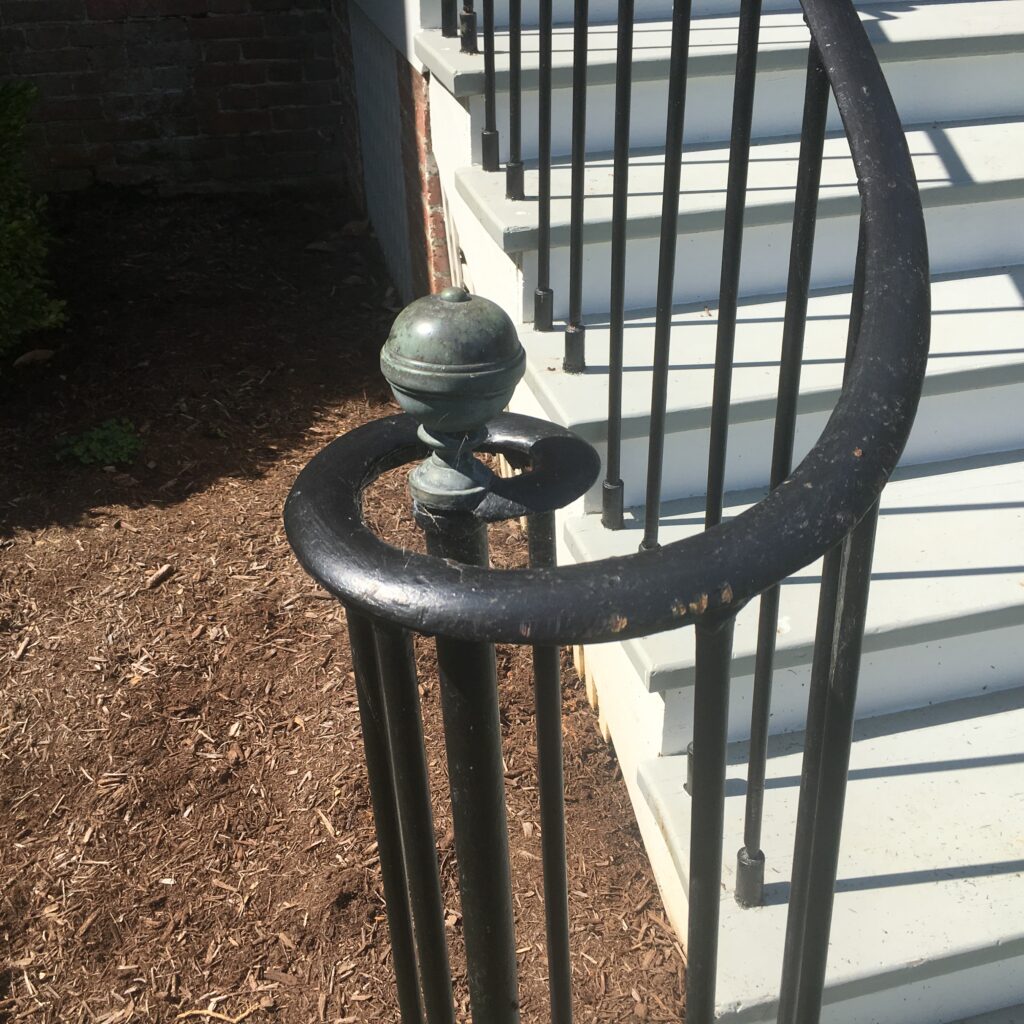
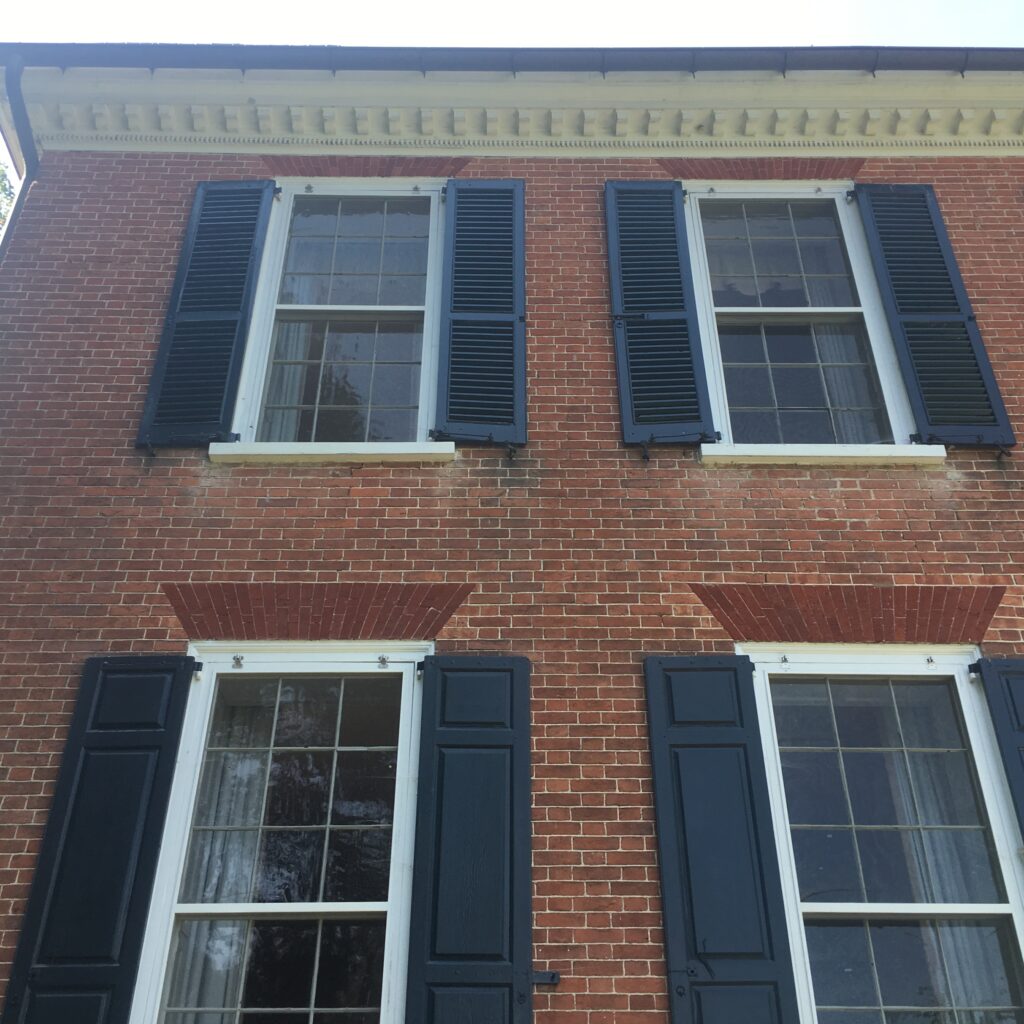
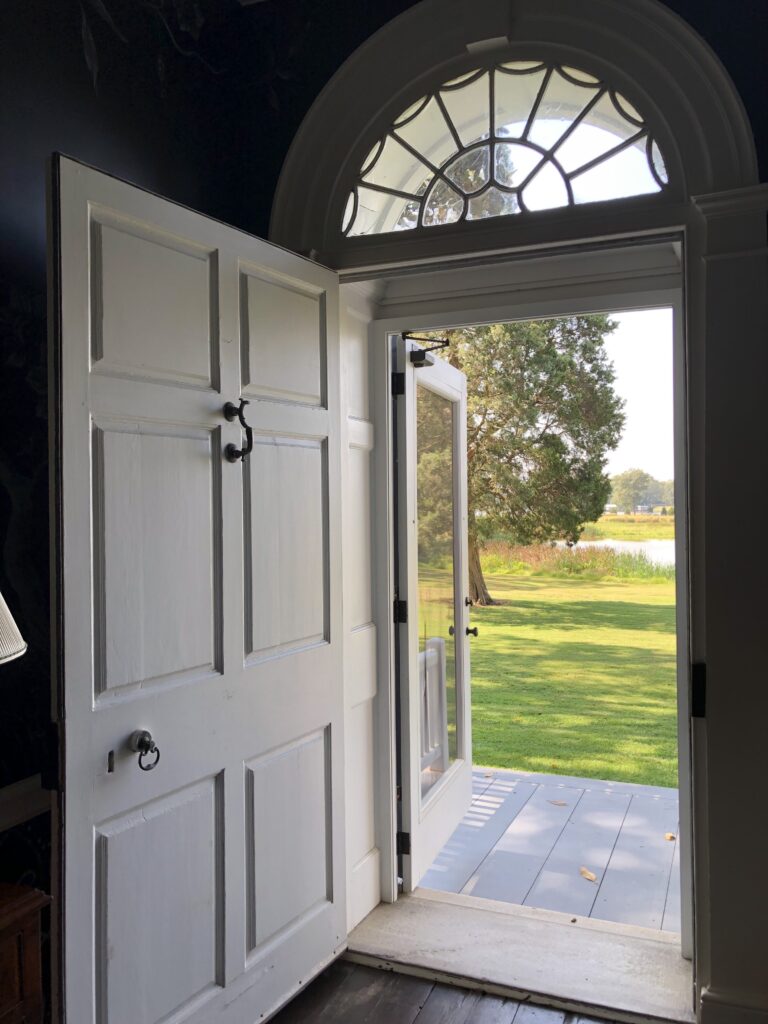
Harleigh Hall
Harleigh Hall was a gracious Manor House with amazing grounds that made you want to explore for hours. After driving down the long tree-lined drive, we arrived at the 19th century whitewashed brick house that was surrounded by lush bushes and flowers, covered in vines and adorned with flower boxes, making everywhere we looked to be a picturesque vignette.
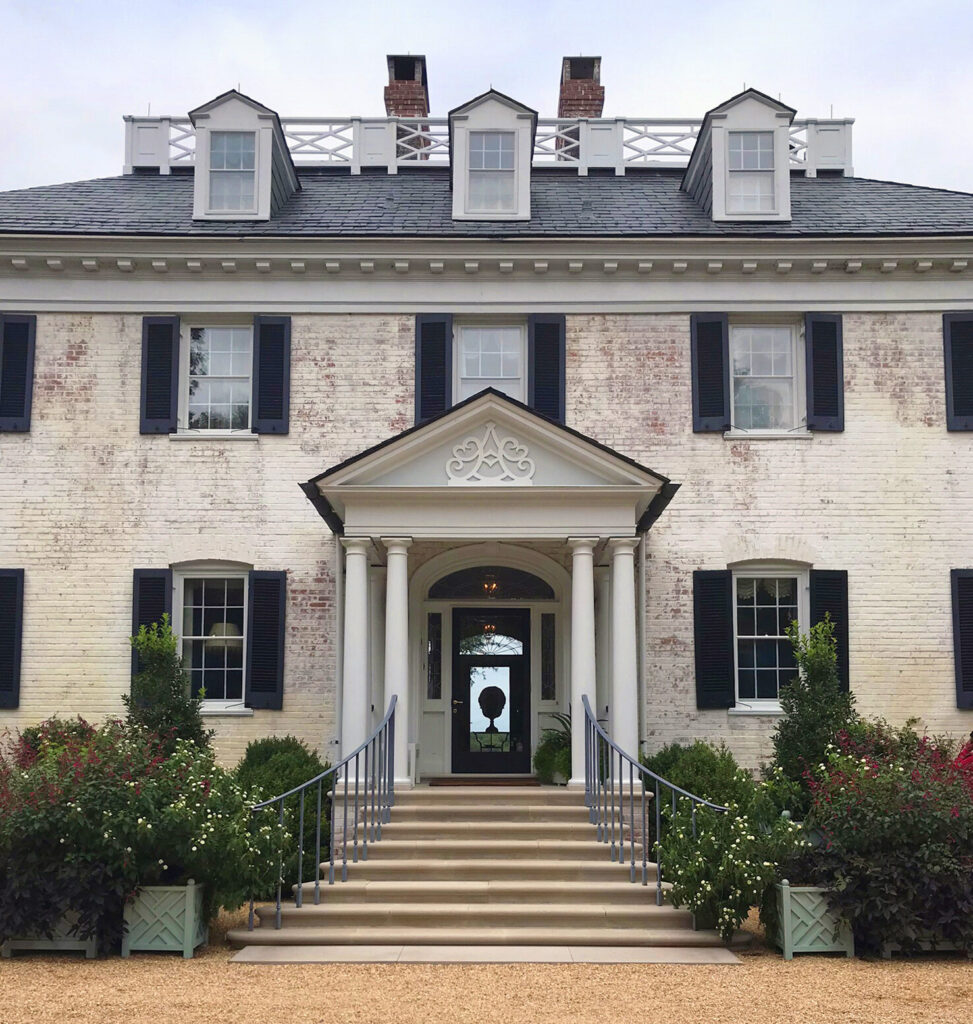
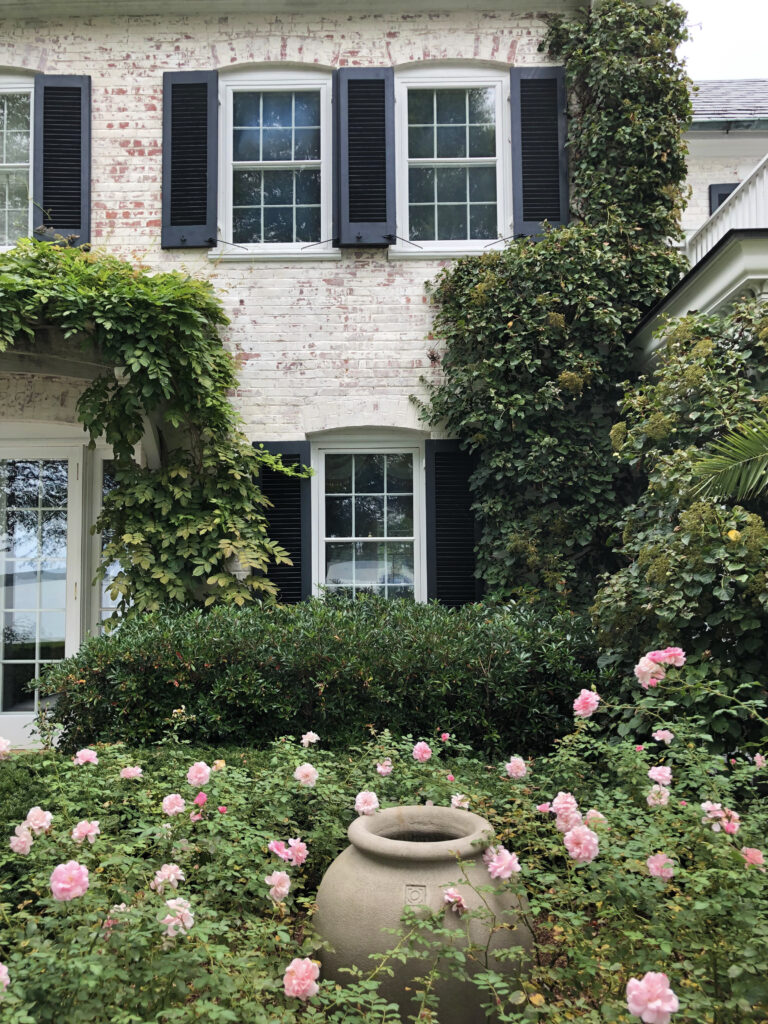
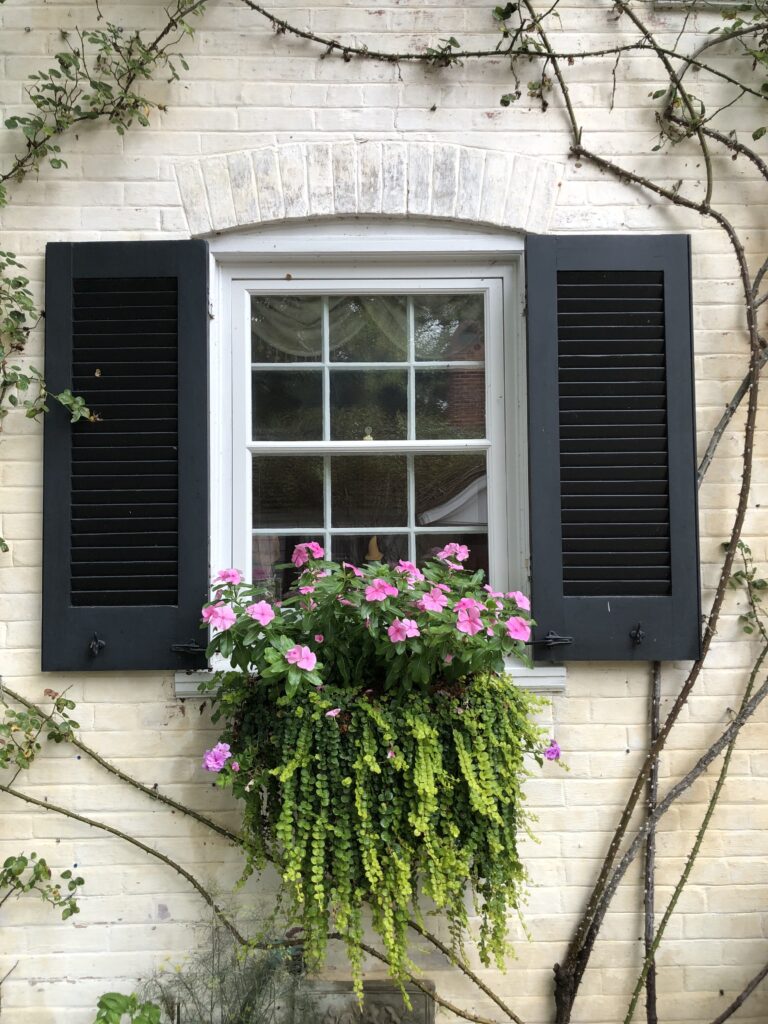
Even the secondary entrances to the house felt special.
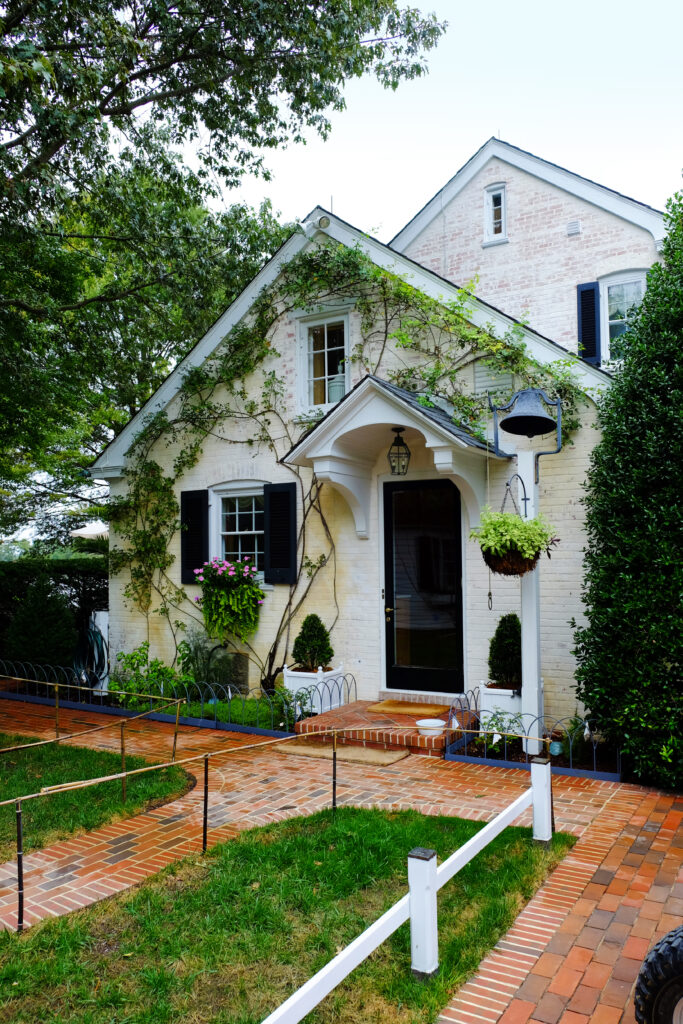
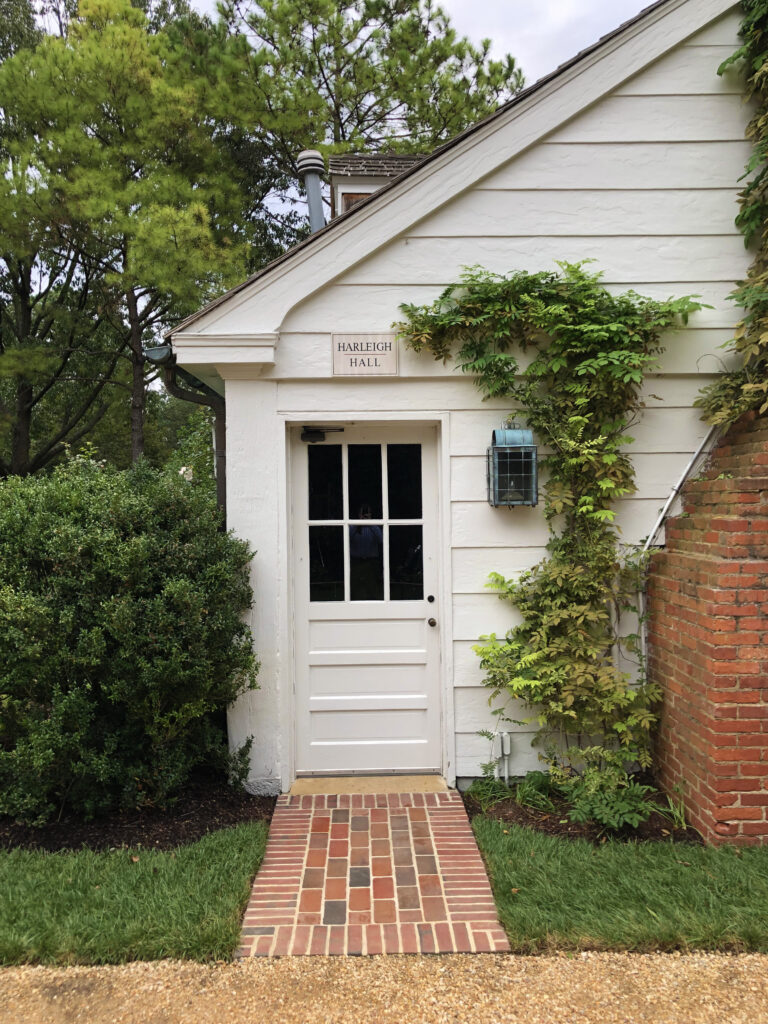
Every space had a purpose. Here was a little corner used for a potting bench near the kitchen herb garden.
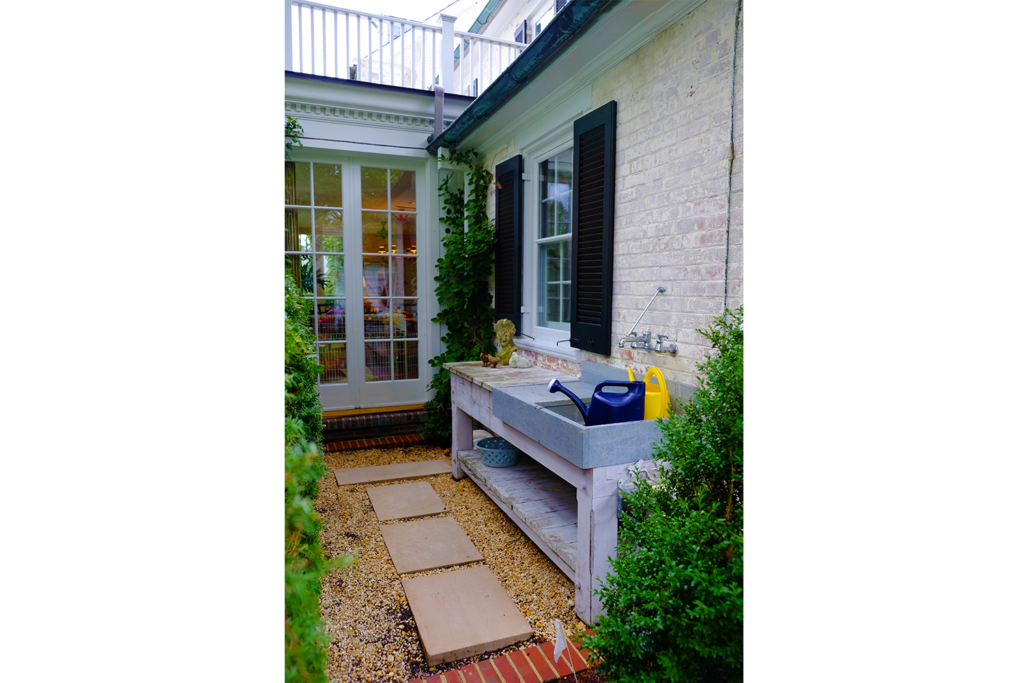
One standout structure was the red pagoda trellis near the pool. We all loved the flare that the chinoiserie brought to the Colonial formality of the property.
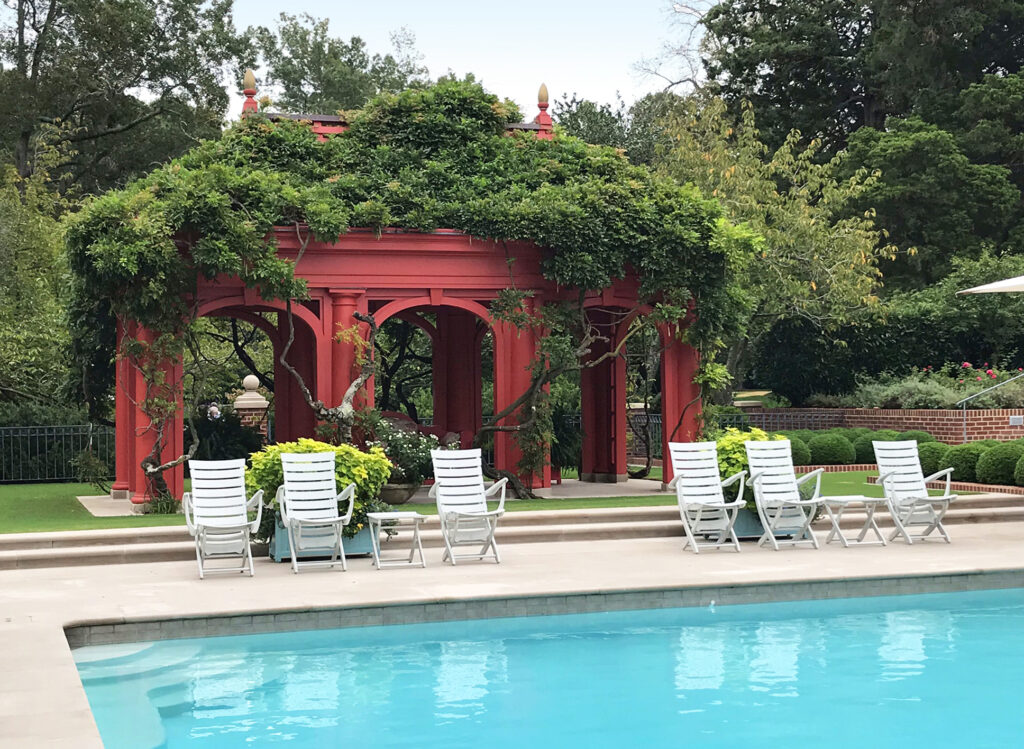
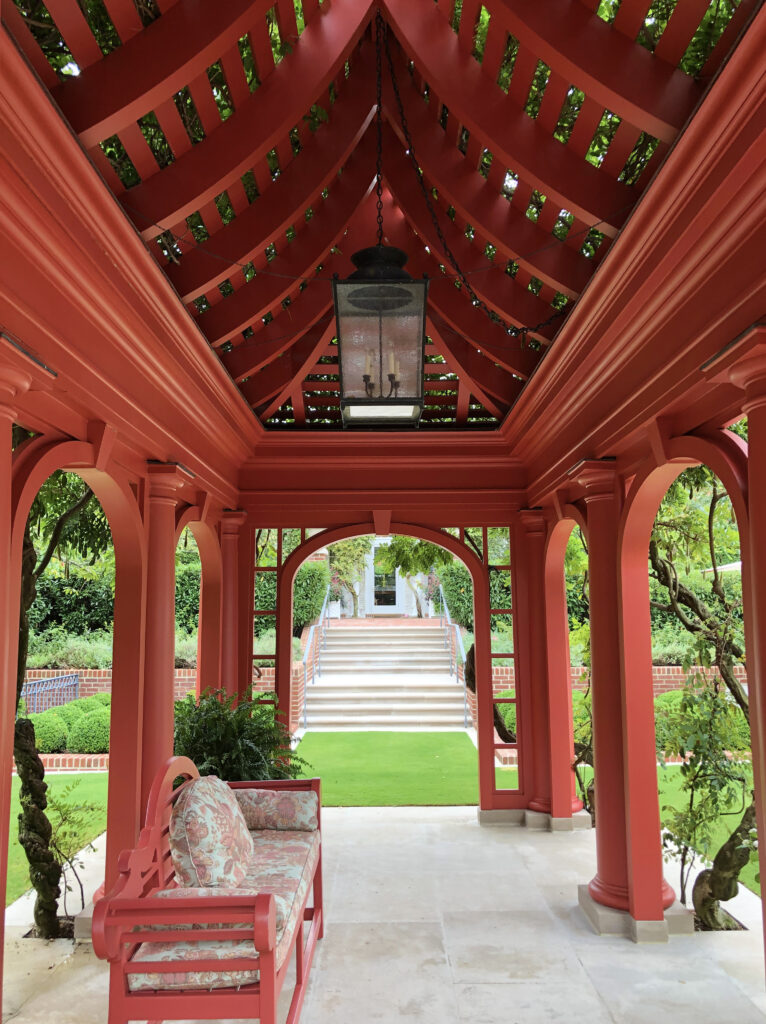
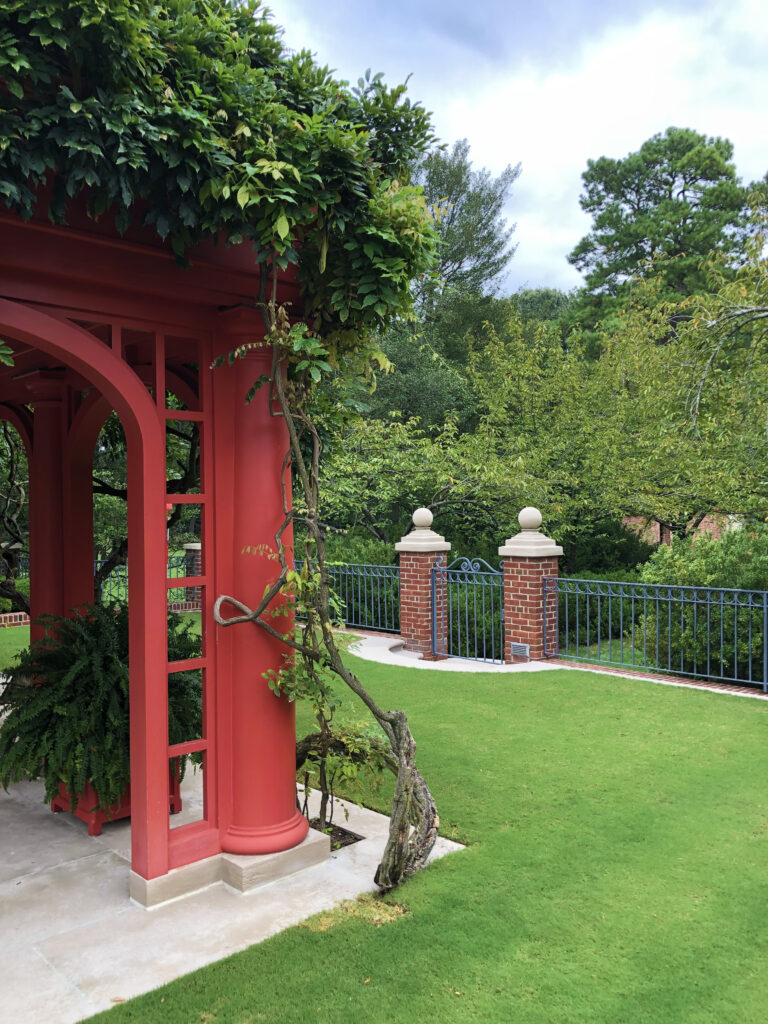
After passing the pool and the pagoda, one could choose to amble through the formal gardens or go for a stroll in the woods. The many axes and way-finding elements helped to keep the common explorer from feeling lost.
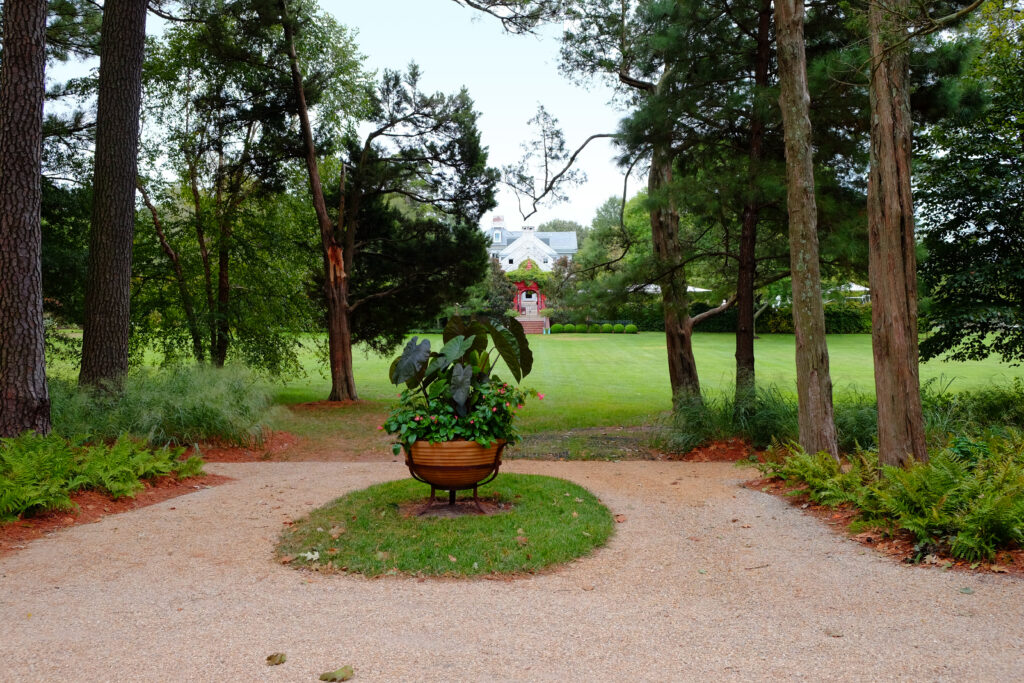
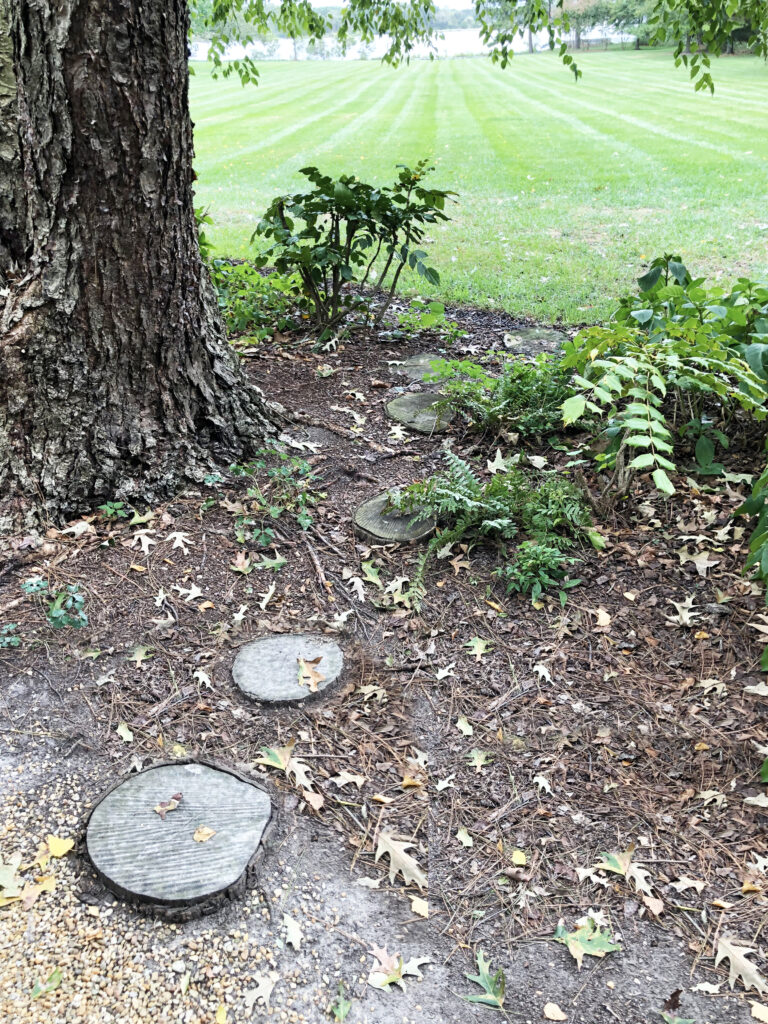
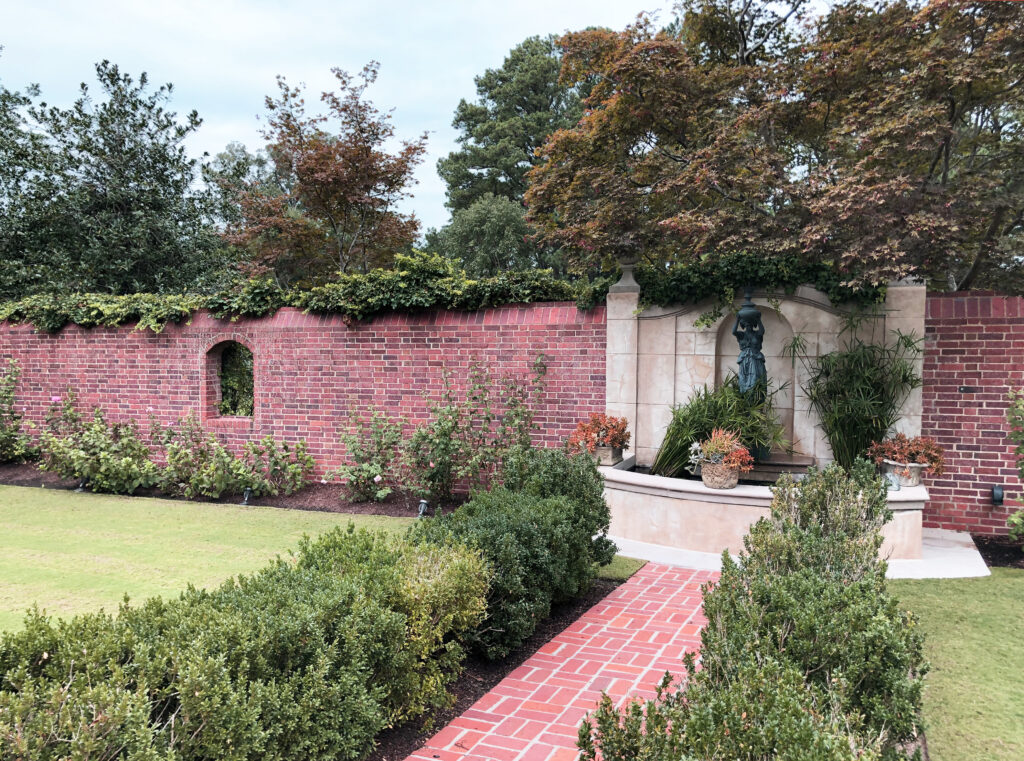
Each area had its own distinct gate design, designating the entrance to a special space.
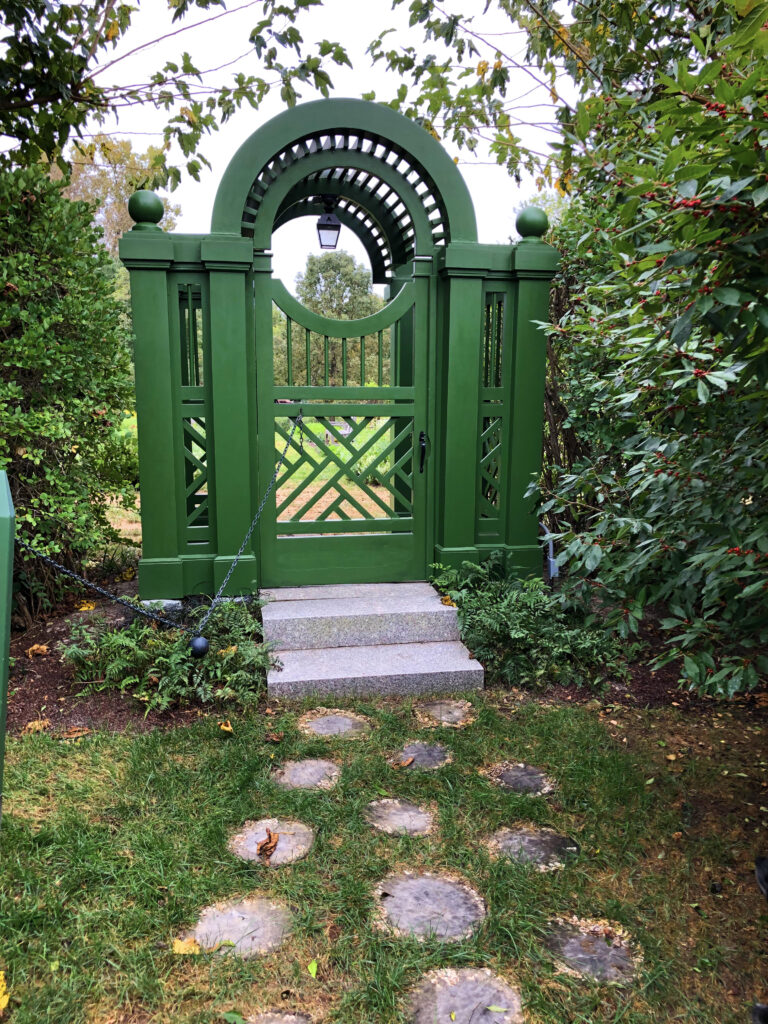
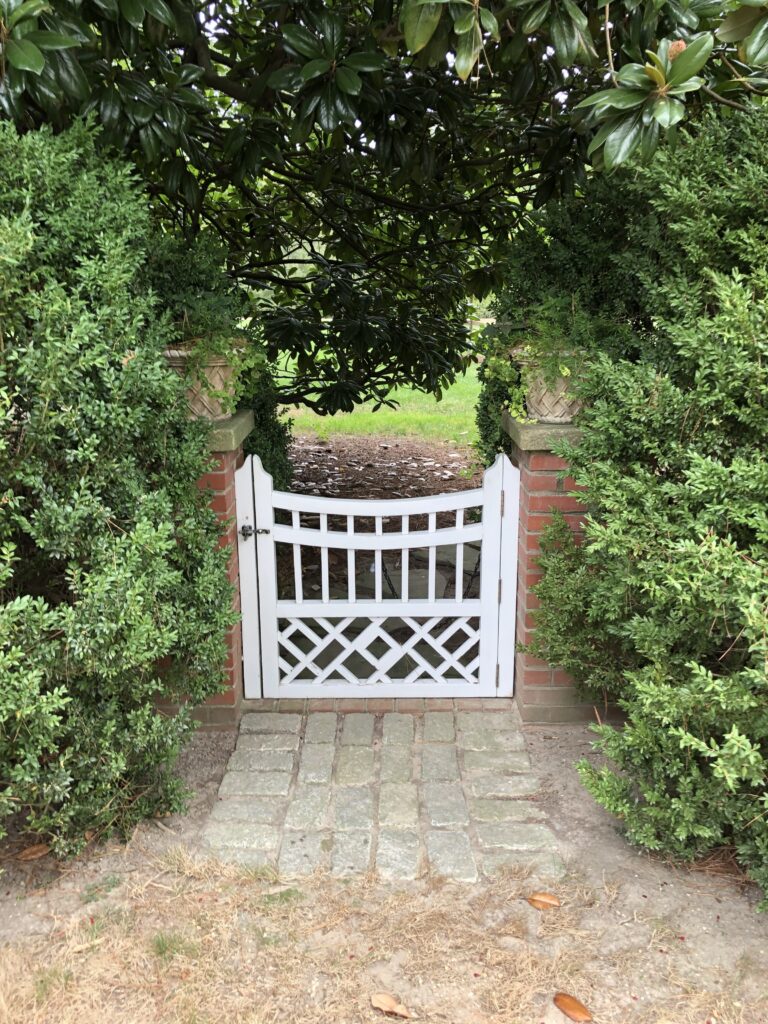
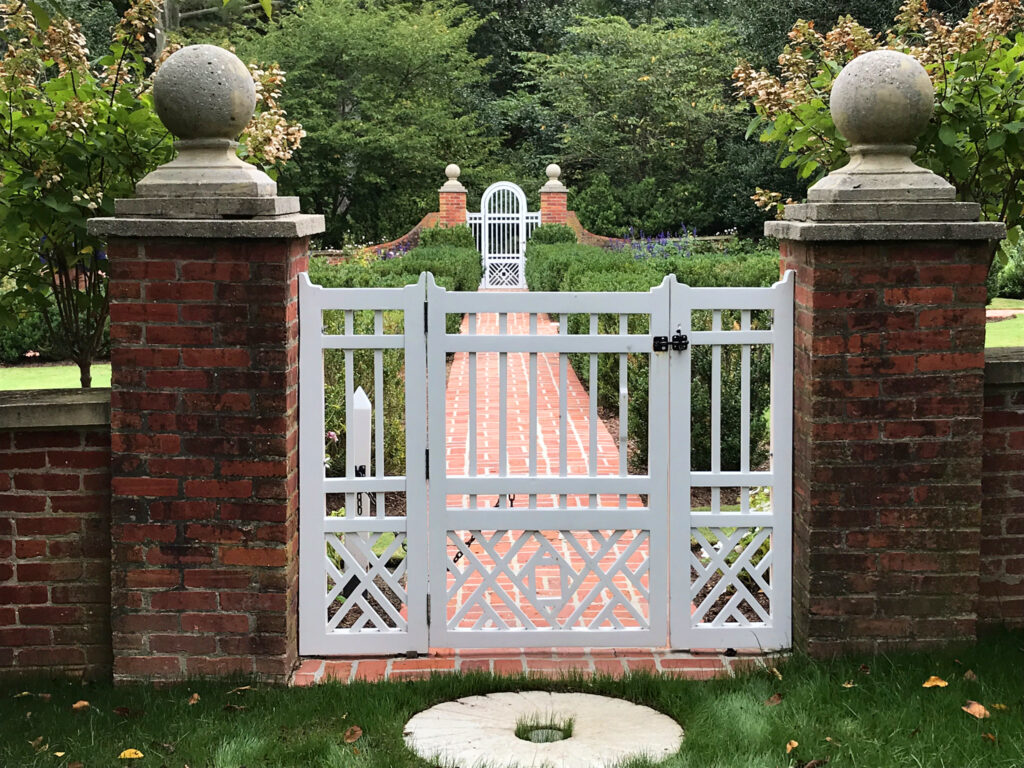
The barn and working gardens were beautiful spaces even though they were less for ornament and more for supplying the property with vegetables and flowers.
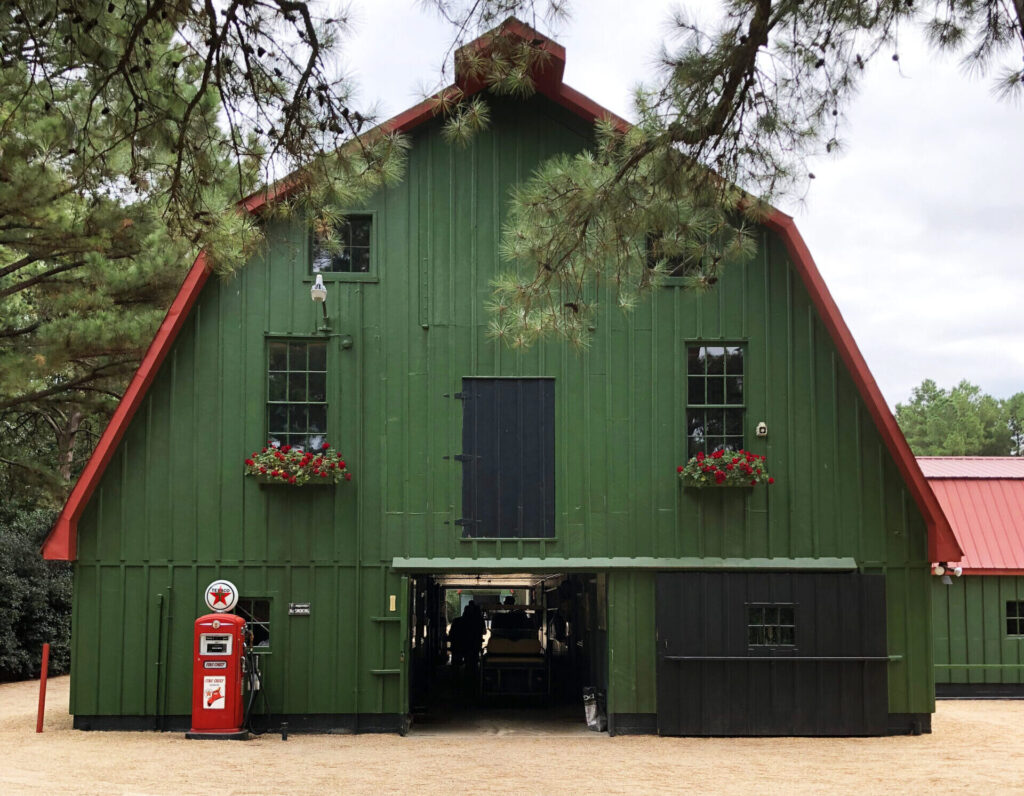
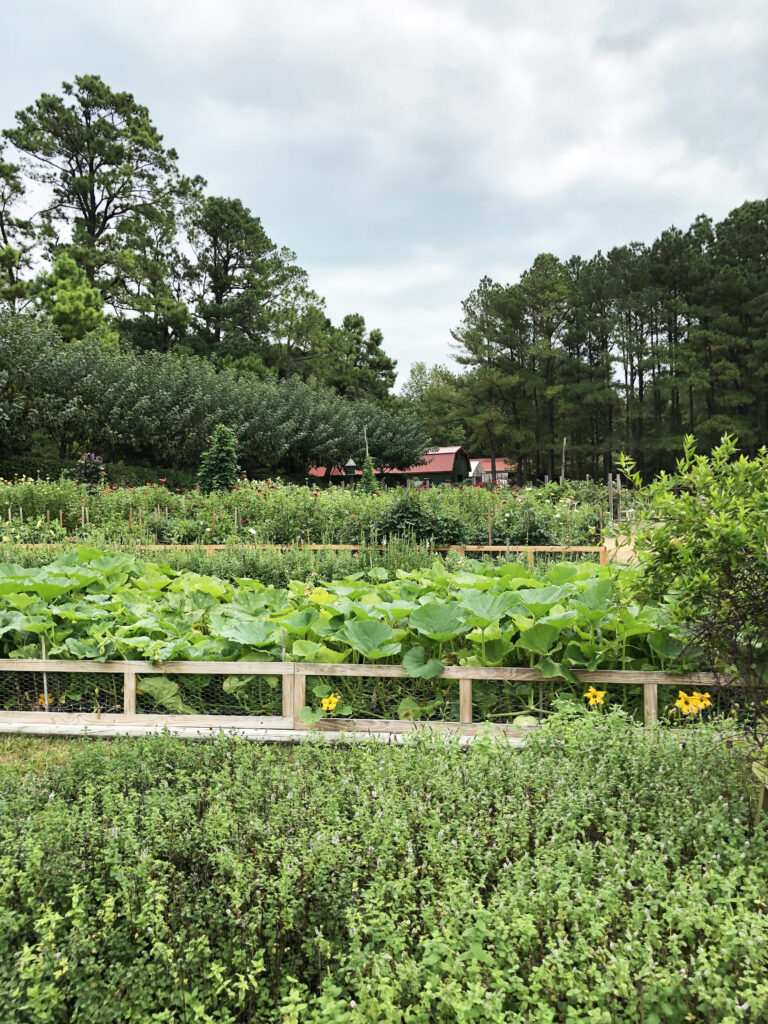
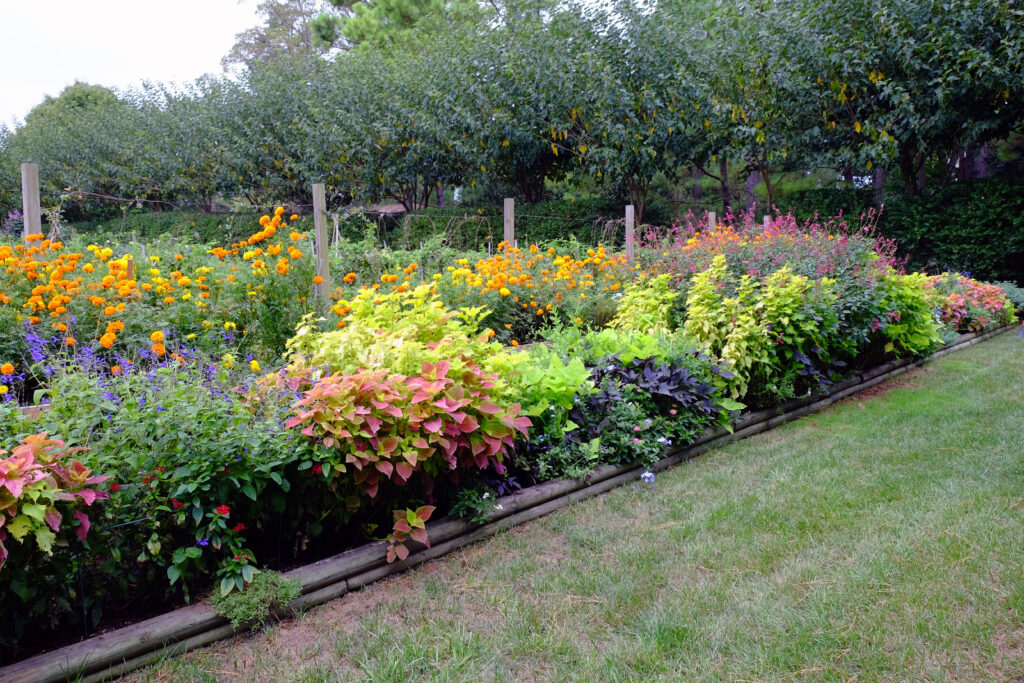
The love and stewardship that the owners have for the estate could be felt as one wandered through the gardens and hidden pathways, experiencing the fine details and care invested in the property.
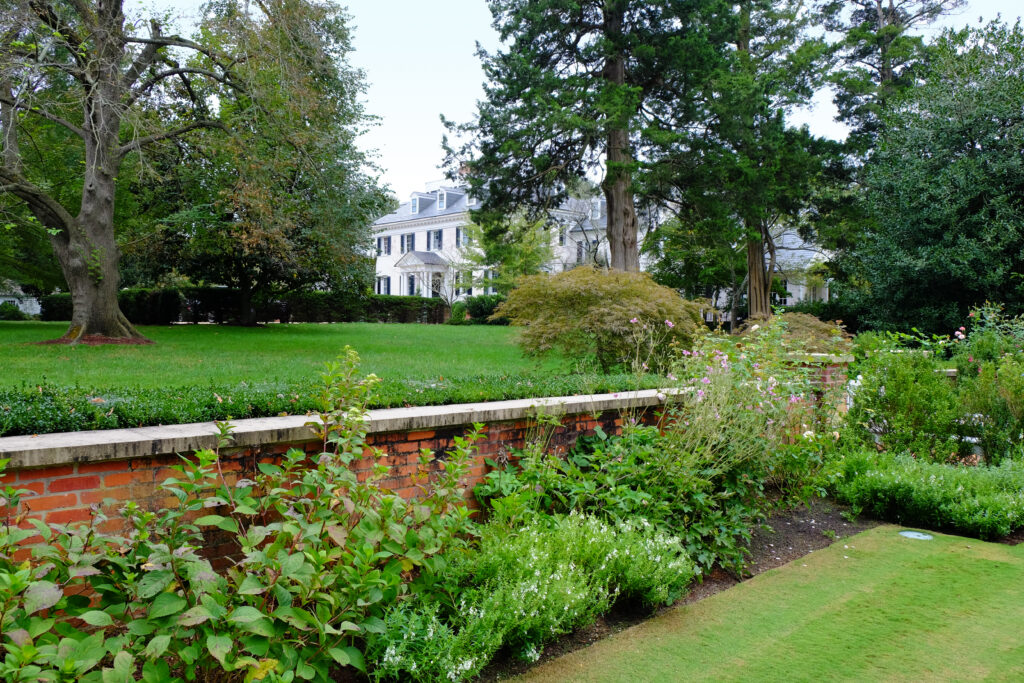
Thanks for following along; I hope you enjoy the tours!
